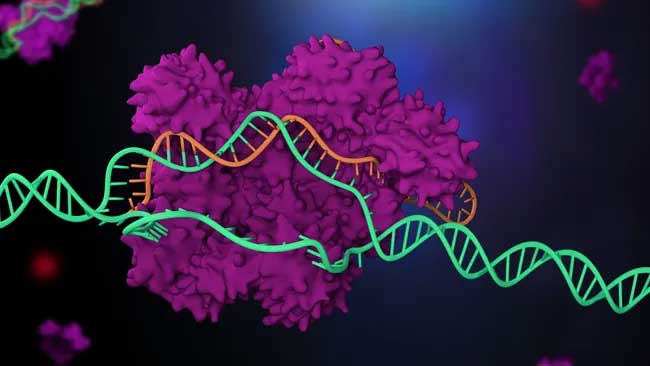Russian and Swedish molecular biologists have discovered that Cape naked mole rats, exceptionally long-lived rodents, have lost some of the genes from the CD1 family, which are responsible for the recognition of various pathogenic bacteria by T cells, during their evolution. This indicates a major restructuring of the immune system architecture in these animals.
Naked mole rats (Heterocephalus glaber) are hairless subterranean rodents the size of a mouse and weighing 30-50 g. Half a century ago, biologists noticed that these rodents live tens of times longer than animals of comparable size, and they almost never suffer from cancer. Naked mole rats feel virtually no pain, can live for over 20 minutes without oxygen, and their skin does not react to many caustic substances.
During their evolution, Cape naked mole rats lost some of the genes from the CD1 family, which are responsible for the recognition of various pathogenic bacteria by T cells, the press service of the Russian Science Foundation reported.
“The facts we have uncovered highlight the uniqueness of the immune system of naked mole rats. The loss of some CD1 proteins and natural T cells in the immune system of naked mole rats is probably compensated for by other immune cells – myeloid cells of the immune system and other types of T lymphocytes that are well developed in these animals,” explained Alexey Zamarayev, a researcher at the Institute of Molecular Biology of the Russian Academy of Sciences (Moscow), whose words are quoted by the press service of the Russian Science Foundation.
Zamarayev and his colleagues made this discovery while studying the structure of genes from the CD1 family in a large number of rodents, including ordinary laboratory mice and rats and their unusual relatives, the Cape naked mole rats. This set of DNA regions is responsible for the production of proteins that are used by the immune system to capture and recognize a large number of fatty components of the membranes of pathogenic microbes.

USA TODAY NETWORK via Reuters Connect
Scientists have recently discovered that the Cape naked mole rat lacks so-called NK cells, which are responsible for destroying tumor cells and eliminating cells infected with viruses and bacteria. Their development requires a section of CD1d DNA, one of the CD1 family genes, which has generated interest in studying the features of the structure and functioning of these immune system genes in mole rats and other rodents.
Guided by these considerations, Russian and Swedish scientists analyzed the structure of genes from the CD1 family in seven rodent species and studied the structure and functions of the proteins they encode using the AlphaFold2 neural network. It turned out that the number of “working” forms of genes from the CD1 family was very different in all the studied rodents (from 1 to 9). At the same time, the scientists discovered that naked mole rats, in addition to the CD1d gene, have lost several other sections of DNA from the CD1 family.
Their absence explains why naked mole rats have no NK cells, and also shows that these rodents have undergone a significant restructuring of the immune system, during which the functions of NK cells have been taken over by other bodies. In particular, biologists suggest that this role may be performed by gamma-delta T cells and macrophages, which produce approximately the same set of receptors as NK cells in other rodents, and are actively involved in cleaning the mole rats’ bodies of “aged” cells.






